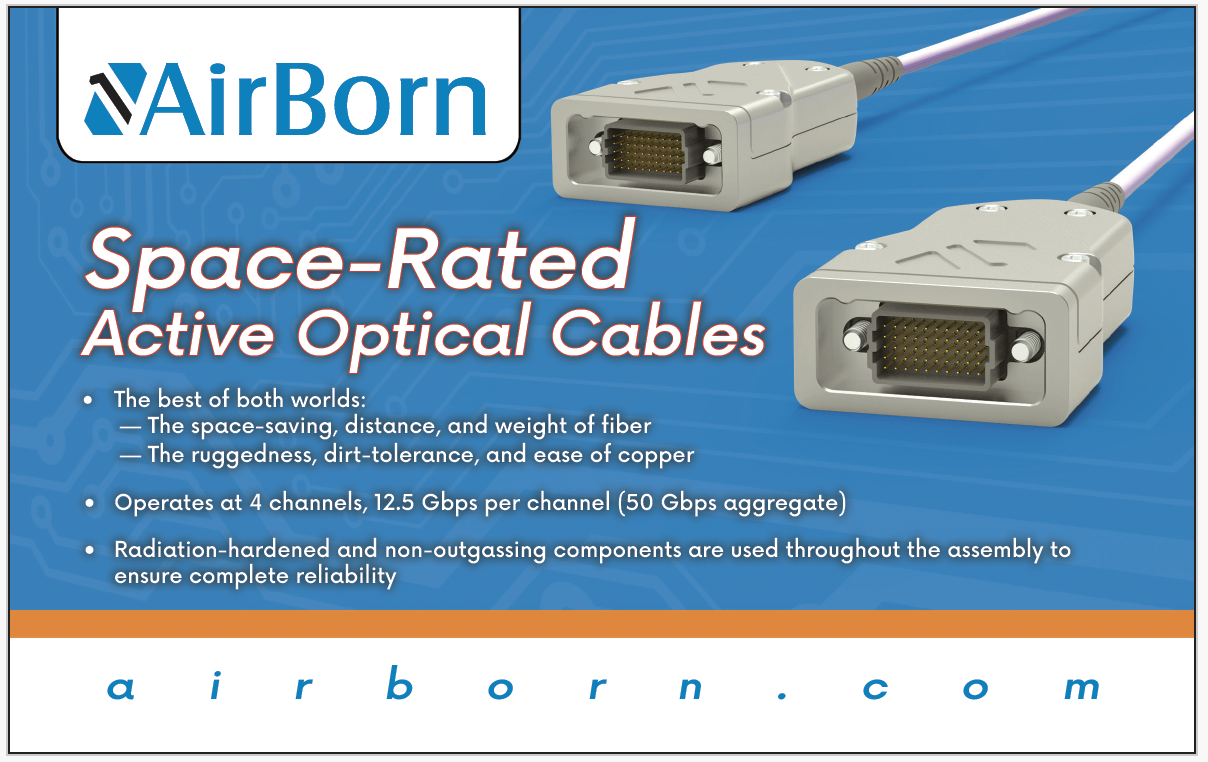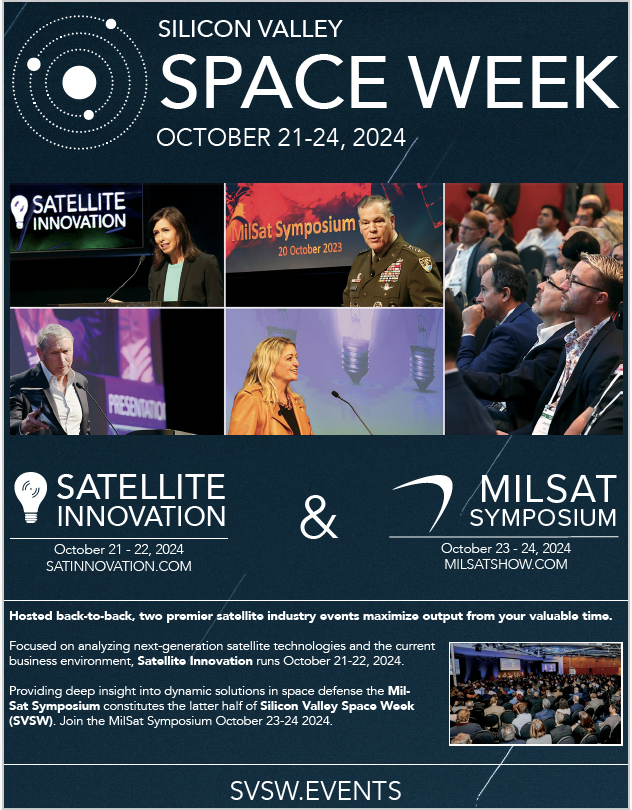Carrier Ethernet bridges the gap between satellite operators and terrestrial networks, enabling seamless integration that unlocks a new wave of opportunities.

A new growth opportunity for Telecom + Satellite
Built on Ethernet, a universal language in today’s communications, Carrier Ethernet can be used by satellite operators and telecom providers to unify their networks to collaborate and serve growing markets. That can include satellite- backed 5G that expands 5G’s reach and provides high-bandwidth backhaul, and enterprise network extension that connects company locations beyond fiber or wireless.
Analysts from Analysys Mason posit that telecommunications service providers need to develop a satellite strategy now to succeed and differentiate in a market worth $146 billion in 2032. Equally important, satellite operators need to align with them by adopting the standard used in the telecom industry — Carrier Ethernet.
Pascal Menezes, the CTO of MEF, the global communications industry association defining standards, certifications, and APIs to accelerate digital transformation, including the standards for Carrier Ethernet, spoke with Greg Quiggle, SVP at Kratos, about the satellite industry’s digital transformation and its path forward to mainstream satellite within the broader communications ecosystem.

Pascal Menezes
Pascal Menezes
Digital transformation changes everything, from digitized workflows to new use cases like IoT, AI and machine learning. How will it take advantage of satellite technology?
Greg Quiggle
We’re seeing a huge explosion of satellite bandwidth in our industry, coupled with a dramatic drop in price that now makes satellite much more usable and accessible by the mainstream communications industry. This is driving the need for our industry to scale much faster than it ever has to deliver services to a broader base of users.
Digital transformation is a key way to do that. It allows us to move off of all the stove-piped hardware you see in a typical satellite ground system and run on more common mainstream infrastructure, including private and public cloud. And, to move from manual to more automated workflows.
Greg Quiggle
The real value to our industry, and why we care about digital transformation, is to get service deployments that historically might’ve taken weeks to months, now down to minutes.
Pascal Menezes
What are the business opportunities then? We’ve heard a lot about Starlink and its use in Ukraine for example, but what are the typical use cases for business?

Greg Quiggle
Greg Quiggle
There’s several. By adopting Carrier Ethernet, satellite operators can offer standard enterprise services over satellite, and telecom providers can offer satellites services in the same way that they offer their other access network connectivity options, like fiber or wireless. Satellite will become another standard service in their portfolio of offerings.
One example is to extend enterprise networks. By using satellite connectivity, a carrier can now reach an enterprise or company’s hard-to-reach offices or remote locations, or to provide back-up connectivity if a terrestrial network goes down. At the most basic level, it’s providing standards-based connectivity so that carriers around the world can offer their standard service portfolio to customers over satellite.
That may seem fundamental, but for years the satellite industry has struggled with that — because bandwidth was so constrained, and the flow of information over satellite was compressed, it broke the industry away from the mainstream standards that the broader communications industry was following.
There’s similar opportunities to extend cloud connectivity, which will allow us to better serve the movement around 5G and virtualization of the RAN (Radio Access Network).
Pascal Menezes
The typical use cases for wired and wireless connectivity then are now extended to satellite?
Greg Quiggle
Exactly. Satellite operators now have the opportunity to operate in a much broader network-as-a-service ecosystem. And mainstream carriers have the opportunity to leverage satellite for what it’s best at, and that’s reach. That might be connectivity to an airplane, a vessel at sea, or a small community in a developing country.
Historically, satellite was difficult and expensive. It forced telecommunications providers to break away from their typical service automation and SLA management techniques, so it felt like a last choice option.
Now with digital transformation, and by adopting MEF’s Carrier Ethernet standards, satellite can look like just another access network. If you’re a carrier that sells services to an enterprise and some of their sites are hard to reach, now you can reach them in minutes through satellite bandwidth in a format that’s more cost effective, with the kind of service connectivity and SLA visibility that telecom providers enjoy with other mainstream access technologies.
Pascal Menezes
MEF has developed APIs for inter-provider automation so that buyers and sellers across the ecosystem can buy and sell all kinds of services, including connectivity. How would satellite operators work with these service providers and telecom networks to naturally integrate satellite techn logy as a connectivity option in this model? How do MEF standards play a role?
Greg Quiggle
It comes down automation APIs that you see with the broader carrier ecosystem. In this case, a satellite operator would use those same APIs to provision a set of commonly understood services using satellite bandwidth.
Now as the request for new services come in, they’re deployed on common digital infrastructure on the ground and over the satellite in a way that’s much more seamless. A carrier can now provision services much quicker, following the same principles for their portfolio as with their other access technologies.
They also get similar visibility into the end-to-end network for SLA management.
Pascal Menezes
So carriers that want to connect hard to reach enterprises sites, can now work with satellite operators that have adopted Carrier Ethernet to quickly turn up service at those locations?
Greg Quiggle
Exactly. The unique benefit of satellite is that it can literally reach anywhere. In the past, a carrier using satellite would have to manage those circuits separately from their terrestrial ones. The satellite system didn’t scale in a seamless manner, so over time this has become more challenging for telecommunications providers.
With Carrier Ethernet over satellite, now a telecommunications provider can deliver connectivity to a site and automate the delivery of an e-line, e-access type service in a way very similar to how they deliver all their other traditional services.
Pascal Menezes
Do the benefits of Carrier Ethernet apply to just LEO or also MEO and GEO?
Greg Quiggle
It’s all three. Certainly LEOs have been getting a lot of the visibility of late. But it’s equally as valuable to companies that deliver services using MEO and GEO satellites.
Pascal Menezes
We talked about Carrier Ethernet connectivity, which is a typical layer 2 technology. What about internet and IP service which is massive, and SD-WAN? MEF has standardized these technologies and the automation aspects. Can the satellite industry deliver all of these like a regular wired or wireless technology?

Greg Quiggle
Absolutely. It’s the same idea and the same benefit. Today most satellite operators already deliver those services, but it requires very manual service provisioning and troubleshooting, with a limited set of features.
With the increase in bandwidth now the satellite industry can focus more on standards. When we do that, we start with things like Carrier Ethernet, which enables the baseline standards for mainstream connectivity. We can extend that same methodology up the stack for things like IP-based services and SD-WAN.
With that, the satellite industry has a tremendous opportunity over the next few years to grow as a bigger part of the broader communications industry.
Pascal Menezes
With satellite offering the promise to reach and connect everybody in some way, it will be interesting to see how this plays out right. Thanks for a great conversation, Greg.
For more on this topic, read or listen to the Constellations interview with Daniel Bar-Lev, Vice President of Strategic Programs at MEF, “Integrating Satellite into the Telco Supply Chain.”
www.kratosdefense.com



